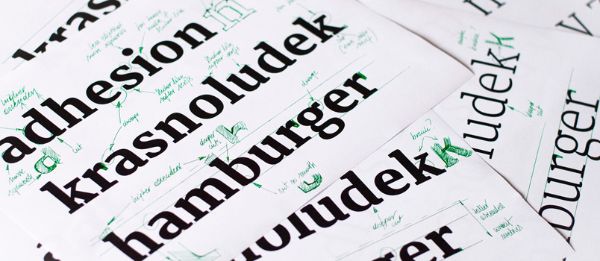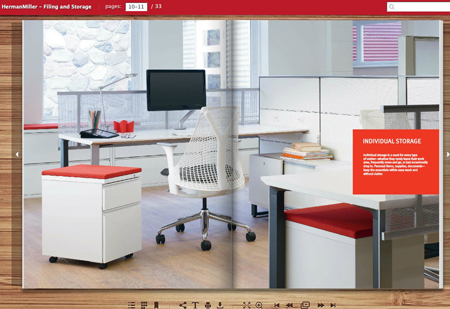A website is like an online resume for your business, allowing you to tell your brand story and engage with customers on a deeper level. For example, you can work with a top website design company. They have the proper knowledge of the current trends in your industry to help you stand out and reach more customers.
Designing a website as a newbie web designer can be tough. Many new designers get bogged down in excessive details and give up. Remember, Rome wasn’t built in a day, and your first website shouldn’t be the Colosseum. It should be something more like a grass hut—nothing pretty, but it gets the job done.
Once you’ve laid the foundations of a basic website, you’ll be ready to start chiseling away at that masterpiece. The following beginner tips will get you there a lot quicker.
1. Start with a Basic Design
As we mentioned, you’re not building Rome here. Start your site with an achievable goal in mind—a basic one. Remember that when you peel away all the flashy stuff from pro websites, they still need to do the basic stuff right in order to produce a decent UI. So, focus on the following before getting all artsy:
- Easy navigation
- Concise pages
- Working links
- Readable content
That’s about it. You can add the pizazz later. The secret to good web design is remembering that people want good UI above all else.
2. Get Inspiration from Other Sites
You want your site to be basic—not boring. That means you need to have a concept. Now, beginner web designers are not always the most creative people in the world. We deal in numbers—not art. But that can change when you start to see just what those numbers can build.
Venture out into the internet with your finger on the “Inspect” button and look for creative inspiration. There’s nothing wrong with copying another designer’s work—as long as you’re just practicing. If you browse enough sites, your own creative ideas will crop up eventually.
3. Choose Simple Fonts and Colors
Browsing the web for ideas may leave you with a hodgepodge of different creative elements stuffed into one site. This will not result in a good UI. You’ve got to take all those ideas, put them in a pot, and boil them down to a maximum of three fonts and three colors. Even that might be too many if you’re just getting started.

Excessive changes in color and font will make the important parts of your site harder to focus on. Don’t believe us? Just take a look at this monstrosity.
This tip is especially important when it comes to content. If it’s hard to read, your traffic will bounce.
4. Take Advantage of White Space
Why do the most successful websites feature a white background with black text? Because simplicity brings utility. In other words, simple design with lots of white space makes the user’s life easier. And we all get to live happily ever after.
If you don’t know what to do with an empty space on your site, why not leave it empty? It’s a lot better than clogging it with useless designs that don’t serve any purpose.
Don’t get us wrong—attractive wallpaper videos (aka background videos) can serve as great hooks on well-made sites. No white space needed! But you should wait until you have a few well-oiled websites under your belt before you try any fancy stuff like that.
5. Put Content First
The only reason a website exists is to host content. A site’s design functions to frame the content and help the user navigate the content more easily. So, how can you build a successful website if you don’t have any content yet?

Even if your site is simple, get the content created first so you have some bones to build around. If you don’t want to do that, at least decide where the content will go and use some lorem ipsum text to act as a placeholder (if your content is text-based. If it’s video-based, add boxes where the media players will go).
You might design a beautiful website, but if the content doesn’t fit, you’re back to square one.
Rome Wasn’t Built in a Day—But Your Website Can Be!
If you stick with simple designs and basic necessities like good navigation, readable content, and uncluttered pages, there’s no reason why you can’t have a decent website up and running in no time. It might not be an original Michelangelo, but you’ve got to start somewhere! Get out your digital chisel and build a basic website now.




